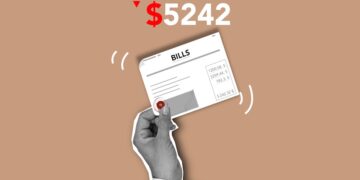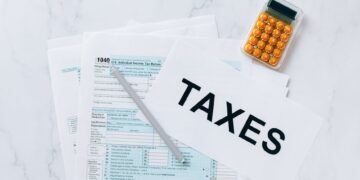Strategies for Crafting a Successful Debt Payoff Plan
Debt can often feel like a heavy weight hanging over your financial future. Whether it’s from credit cards, student loans, or a mortgage, borrowing is a significant aspect of many people’s lives. However, effectively managing and paying off your debt can lead to greater financial freedom and stability. Below, we discuss comprehensive strategies for crafting a successful debt payoff plan, optimize your approach, and ensure you’re aligned with the best practices for eliminating debt.
Understanding Your Debt
The first step in crafting an effective debt payoff plan is to thoroughly understand your debt. This means knowing how much debt you have, to whom it’s owed, and the interest rates and terms associated with each debt.
- List Your Debts: Create a detailed list of your debts, including the creditor, total amount owed, monthly payment, and interest rate. This will help you visualize the full scope of what you owe.
- Analyze Interest Rates: Pay particular attention to the interest rates of your debts. High-interest debts, such as credit card debts, often exacerbate financial strain and should be prioritized.
Setting Realistic Goals
Having clear, achievable goals is crucial in debt repayment. These goals not only provide motivation but also help you measure your progress.
- Short-Term Goals: Could include paying off a specific small debt within six months.
- Long-Term Goals: Might look like eliminating all credit card debt over three years.
Always ensure your goals are specific, measurable, attainable, realistic, and timely (SMART).
Choosing a Debt Repayment Strategy
There are several popular methods for debt repayment, and selecting the right one can significantly impact your success.
The Snowball Method
This method involves paying off debts from smallest to largest, regardless of interest rate. It’s designed to help you build momentum and confidence as each balance is cleared.
The Avalanche Method
Contrary to the snowball method, the avalanche method prioritizes debts with the highest interest rates first. This method is mathematically efficient, as it saves you the most money on interest over time.
The Snowflake Method
The snowflake method incorporates any extra money you find in your budget, no matter how small, toward your debt. This could be money from a side job or selling personal items.
Creating a Budget
Budgeting is critical in managing your finances and an essential component of any debt payoff plan. You need a clear understanding of how much money you have coming in and where it needs to go each month.
- Track Your Spending: Use apps or a simple spreadsheet to monitor where every dollar is going.
- Reduce Expenses: Identify areas where you can cut back, such as dining out, subscriptions, or non-essential goods.
Building an Emergency Fund
One common mistake people make when paying off debt is failing to establish an emergency fund. Without this financial cushion, unexpected expenses can lead you back into debt. Aim to save at least $1,000 initially, and eventually build up to three to six months of expenses.
Automating Your Payments
To eliminate the risk of missing a payment and incurring late fees, automate your debt payments. This also ensures your payments are a priority in your budget.
Monitoring Your Progress
Regularly check your progress towards your debt repayment goals. This not only helps to keep you motivated but also allows you to adjust your plan if necessary.
- Monthly Check-Ins: At the end of each month, review what was paid off and how it aligns with your goals.
- Adjustments: If you get a raise, bonus, or come into unexpected money, consider applying this to your debt to speed up your payoff timeline.
Remaining Consistent and Patient
Paying off debt is a marathon, not a sprint. It requires patience, persistence, and consistency. Celebrate small victories along the way to keep your morale high.
Seeking Professional Help
If you’re overwhelmed by your debt, consider seeking professional advice. A financial advisor or credit counselor can offer insights and guidance tailored to your unique financial situation.
Conclusion
Creating and sticking to a debt payoff plan is one of the most empowering steps you can take towards financial independence. By understanding your debts, setting realistic goals, choosing a strategy that suits your needs, and monitoring your progress, you’ll set yourself on a path to a debt-free life. Remember, persistence is key, and every payment brings you closer to your ultimate goal of financial freedom.
By following these strategies and adjusting as necessary, you can effectively manage and eliminate your debts, leading to a more secure financial future.

























































